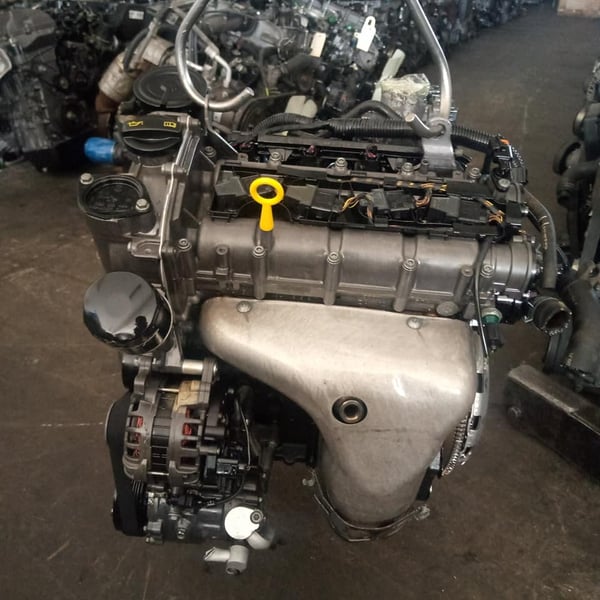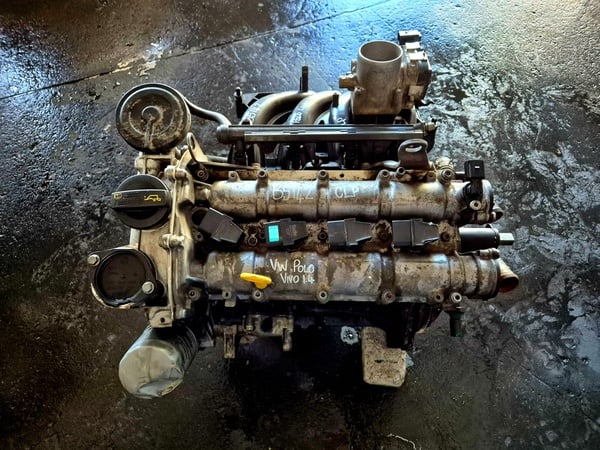Lower maintenance costs with a well-built clp engine.
Lower maintenance costs with a well-built clp engine.
Blog Article
Exactly How a Clp Engine Can Enhance Performance in Numerous Industries
The arrival of CLP engines marks a considerable change in operational effectiveness throughout different industries, driven by their capability to enhance fuel consumption and minimize downtime. As companies significantly prioritize sustainability together with performance, the duty of CLP engines comes to be also more critical.
Review of CLP Engines
CLP engines, or Continual Fluid Propellant engines, stand for a significant innovation in propulsion technology, particularly for space applications. These engines make use of a continuous feed system that enables the sustained expulsion of propellant, bring about boosted performance and efficiency compared to traditional strong or hybrid propulsion systems. By preserving a consistent flow of liquid propellant, CLP engines can achieve a lot more specific drive control, which is important for steering spacecraft in various goal circumstances.
The layout of CLP engines incorporates sophisticated products and ingenious gas monitoring systems. clp engine. This leads to lowered weight and enhanced dependability, vital aspects for long-duration area objectives. The constant operation decreases the threat of burning instability, an usual obstacle in conventional rocket engines.

Benefits in Manufacturing
The production of Continual Liquid Propellant (CLP) engines provides numerous noteworthy benefits that improve both performance and cost-effectiveness. Among the primary benefits is the structured production procedure, which reduces the complexity associated with standard propulsion systems. By making use of fluid propellant, producers can achieve higher accuracy in engine efficiency, causing maximized energy output and lowered waste.
In addition, CLP engines assist in a higher level of modularity, permitting much easier integration into numerous manufacturing lines. This adaptability can significantly lower preparations and enhance general operational adaptability. The usage of CLP modern technology also often tends to minimize the demand for considerable upkeep because of fewer relocating components, which converts into decreased downtime and functional costs.

Applications in Logistics
Leveraging Constant Liquid Propellant (CLP) engines in logistics offers substantial advantages in operational effectiveness and reliability. These engines give a robust service for different transportation demands, enabling the smooth movement of products across substantial ranges. The fundamental layout of CLP engines enables for regular power outcome, which equates right into smoother and much more foreseeable transport timetables.
Among the crucial applications of CLP engines in logistics is in heavy-duty freight transportation, where they can drive both ground and airborne vehicles. Their ability to preserve high efficiency under differing load problems makes sure that shipment timelines are fulfilled, thus enhancing client complete satisfaction. Additionally, CLP engines can be incorporated into automated logistics systems, helping with real-time tracking and enhancing path planning.
Furthermore, the durability of CLP engines minimizes maintenance downtime, permitting logistics business to maximize their functional abilities. This is particularly valuable in warehousing procedures, where performance in handling and transferring items is crucial. As logistics continues to develop, the assimilation of CLP engines stands for a forward-thinking method that not just improves efficiency but additionally supports the sector's growing needs for reliability and see here now rate.
Effect On Power Efficiency
Exactly How do Continuous Liquid Propellant (CLP) engines boost energy effectiveness in transport? CLP engines use a regular flow of fluid fuel, enhancing burning processes and preserving a stable thrust result. This style reduces power losses connected with standard burning engines, where fuel distribution can vary and result in ineffectiveness.
The continuous procedure of CLP engines permits for a much more efficient thermal cycle, causing greater particular impulse contrasted to conventional engines. clp engine. This translates to reduced gas usage for the same quantity of job done, dramatically lowering operational prices throughout different transportation fields, consisting of aviation and maritime markets
Furthermore, the capacity of CLP engines to preserve optimum performance under differing load problems reduces the demand for regular acceleration and deceleration, this page better improving fuel performance. Improved energy performance not only adds to set you back financial savings but likewise results in decrease greenhouse gas exhausts, aligning with worldwide sustainability objectives.
Future Trends and Innovations
Arising developments in Constant Liquid Propellant (CLP) engine innovation pledge to change the landscape of transportation effectiveness and sustainability. As markets pivot towards greener alternatives, CLP engines stand at the leading edge, incorporating innovative materials and style techniques that enhance performance while decreasing environmental impact.
Among the most encouraging patterns is the fostering of crossbreed systems that integrate CLP engines with renewable resource resources. This harmony can maximize gas intake and lower discharges, aligning with worldwide sustainability goals. Developments in computational liquid dynamics (CFD) are promoting the design of more aerodynamically effective engines, leading to minimized drag and enhanced gas efficiency.
In addition, the development of smart monitoring systems is set to improve functional effectiveness. These systems leverage information analytics and IoT modern technology to enhance engine efficiency in real-time, making sure that the engines operate within their most effective parameters.
As research study remains to check out alternative propellant formulas-- such as biofuels and artificial fuels-- the future of CLP engines looks encouraging. By harnessing these advancements, industries can not only boost their efficiency yet click here for info additionally contribute considerably to a cleaner, extra sustainable future in transportation.
Final Thought
In final thought, CLP engines stand for a considerable improvement in performance across several markets. The combination of sophisticated materials and fewer moving parts reduces maintenance requirements, while positioning with sustainability goals settings CLP engines as an essential innovation for the future.
Report this page